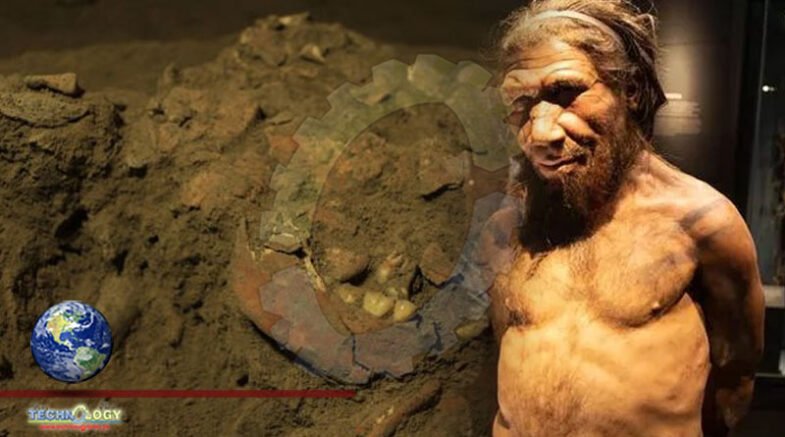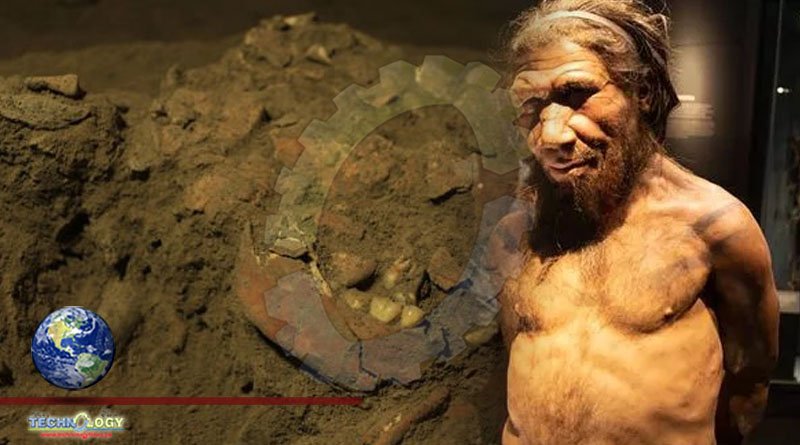MYSTERIOUS strands of DNA discovered in fossils from a hunter-gatherer living in a remote area of Indonesia 7,000 years ago have revealed the individual as being from a “previously unknown human lineage”, according to a new study.

MYSTERIOUS strands of DNA discovered in fossils from a hunter-gatherer living in a remote area of Indonesia 7,000 years ago have revealed the individual as being from a “previously unknown human lineage”
And author Adam Brumm also highlighted an intriguing link with the Denisovan hominid, “cousin” of mankind about little is known save for a few fossil fragments. The report, published in the scientific journal Nature this week, offers clues about the process by which Australia first came to be populated by human beings, said Mr Brumm of Griffith University in Brisbane.
However, he said ultimately his research poses many more questions about the complexities of human evolution.
The research, representing the first ancient human genomic data from this region, sheds light on the peopling of the region.
Together with colleagues including Selina Carlhoff, Mr Brumm based his studies on a skeleton in the limestone cave of Leang Panninge in South Sulawesi, Indonesia, in a chain of islands known collectively as Wallacea.
Strands of DNA analysis from the petrous bone indicates she was part of a population group more closely related to modern day Near Oceanian populations than East Asian groups.
However, the genome represents a “previously unknown divergent human lineage, which is not found anywhere else in the world today”, the report adds.
Source Express UK
